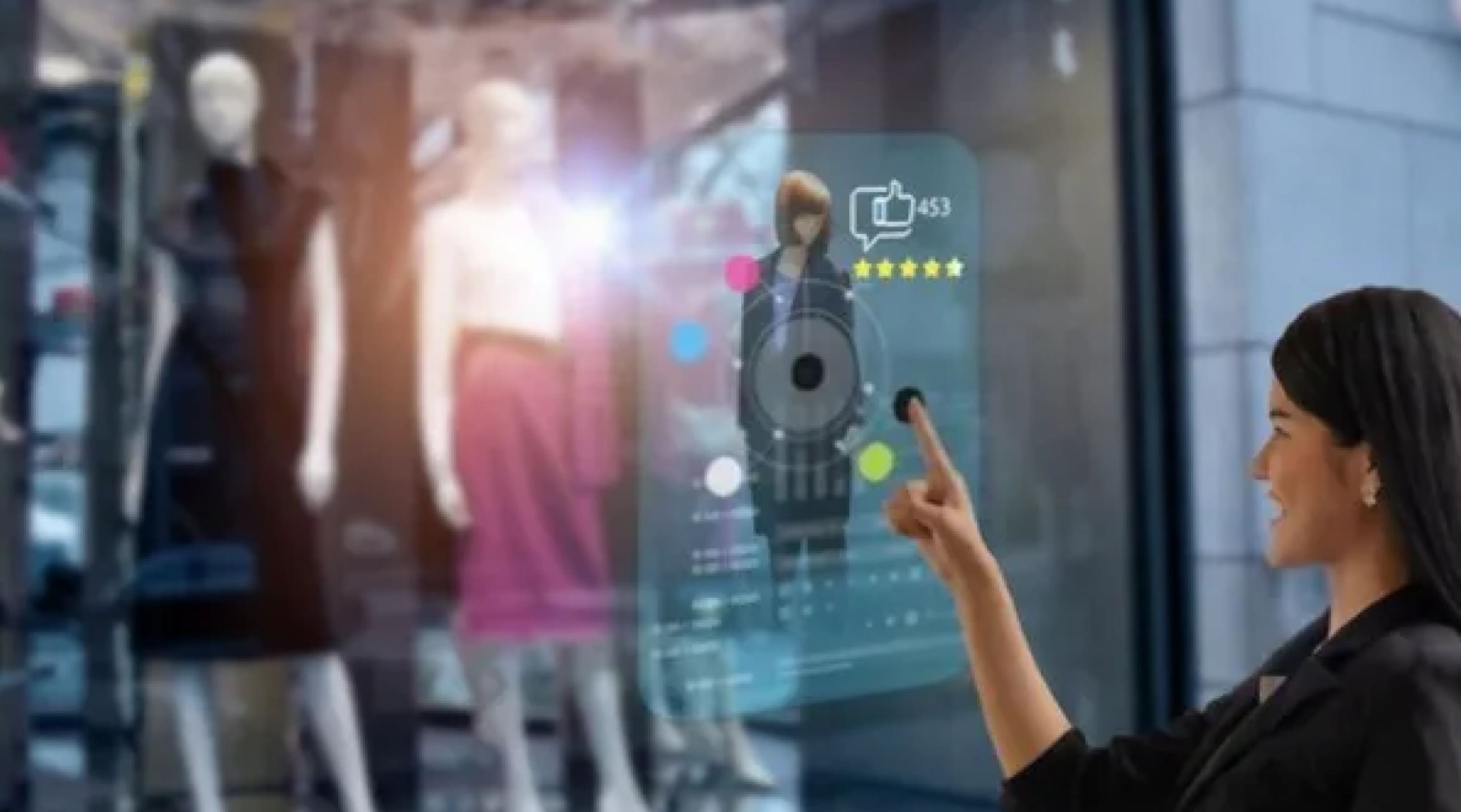Blog details
 20 OCT
20 OCT
Applications Of Machine Learning In The Fashion Industry
Following the devastating economic effects of the COVID-19 pandemic, the fashion industry is starting to pick up the pieces and chart a new course. Machine learning and artificial intelligence (AI) have already gained traction in the industry, and in order to compete in today’s increasingly competitive environment, fashion retailers must look inwards to identify potential efficiency gaps.
- The key themes that fashion retailers will need to keep in mind in the next year include:
- New spending habits in a post-COVID-19 world. Consumers have embraced loungewear in the remote work world, and many have also critically examined their wardrobes, substituting quality for quantity. As a result, inventory control will be more important than ever as products might not move as quickly off the shelves.
- Digital Transformation. A recent 2020 Survey from trending newsfeeds found that more than 75% of consumers now conduct their shopping online. Retailers will have a better understanding of the customer lifecycle as more people shop online, but they also need to make sure that the branding and level of customer service are consistent between the online and in-store experiences.
- Impact of Social Media on Purchase Decisions. Over the past ten years, social media use has been steadily increasing around the world and has emerged as a key aspect of online shopping and tracking fashion trends. In actuality, 74% of consumers today use social media to decide what to buy. More people using social media means more data is available to understand your customers and more channels for advertising.
- Decreasing customer loyalty.
Improved Customer Support
Retailers can now quickly and effectively respond online to common customer inquiries about things like return policies and store hours thanks to chatbot technology. Additionally, style advice can be given by chatbots, which is a great way for retailers to learn more about their customers and enhance marketing strategies and trend analyses in general. Chatbots are made possible by using Natural Language Processing (NLP) a subfield of AI that enables computers to process and understand human language by converting it into a numerical format. Thanks to recent developments in Deep learning approaching NLP chatbots have developed substantially in the last couple of years. They will continue to evolve in their ability to understand and process human language. While not perfect, they’re a great solution for retailers looking to speed up customer response times as well as free up professional resources for more strategic tasks Click here to view our new AI chatbot models if you want to learn more about chatbots.
Trent Forecasting
In the last few years, social media has grown in importance as a factor influencing retail purchase decisions. Retailers can forecast consumer preferences by looking at search engine trends, blog post topics, and social media activity (posts, comments, and likes). For example, if the hashtag #tie-dye is trending or image recognition software shows that people are posting more and more images of tie-dye clothing, it may be safe to assume that this is a new upcoming trend. Instead of relying solely on a much more manual approach to assessing fashion shows and fashion magazines, fashion experts can use this type of data to make more informed decisions about new products. H&M has relied heavily on big data, including social media data, to better predict upcoming trends, and many other retailers are beginning to follow suit, pun intended. Social media data analysis for trend forecasting can benefit from a variety of ML techniques, including NLP, deep learning for image recognition, and traditional supervised learning methods for prediction.
Inventory Optimization
Inventory management is one of the most common problems that fashion retailers face. If you order too many of a particular item, you will have unsold inventory that you have either wasted money producing or will need to drastically discount to get off the shelves before it goes out of style. On the other hand, if you order too little, you’ll miss out on potential sales and hurt your customers’ retail experience, as it’s an unpleasant customer experience to find an item of clothing you like only to discover it’s out of stock in your size. Inventory optimization is primarily a problem of demand forecasting. We must forecast how much of each SKU will be sold in a given time period and then stock warehouses accordingly. Social media data, like store receipts or foot traffic data, can absolutely be used to improve SKU-level forecasting.
Price Optimization
Price comparison is becoming simpler as consumers switch from in-store to online shopping, and price optimization has become essential for retailers to stay competitive. Retailers can maximize profits by setting the best prices and markdowns for products to move them off the shelves as quickly as possible. In the past, retailers frequently used seasonal broad price markdowns or market research to guide their pricing decisions, but machine learning enables a much more sophisticated approach. This essentially entails two steps: the first is sales forecasting, and the second is price optimization. In inventory optimization, we focused to forecast the number of sales for each SKU and store based on historical trends. We can then optimize prices by juggling tradeoffs between stock and margin while adhering to specific legal and business constraints. There will always be a trade-off between offering steep discounts to get products off the shelf before they go out of style and making sure that those discounts don’t go too far and negatively affect profits.
What to Do From Here?
Examine your current procedures critically and look for areas that could be improved. Are you observing a lot of unsold inventory at the end of the season or an expanding social media presence that is untapped in terms of data? It might be time to make an investment in AI to protect your brand’s future and keep up with the sharper competition. Go Further on AI in Retail Uncover additional use cases for the retail space as well as retail-specific challenges (i.e., estimating ROI, data collection and management, data governance) and how to effectively navigate them. Let’s stick with BzAnalytics as the best method for implementing chatbots and AI to build your own e-commerce application and inventory management system. Visit us for more. WWW.BZANALYTICS.AI
